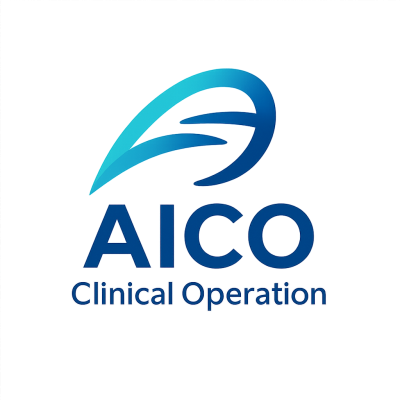Life Sciences Compliance Tools
Stricter FDA rules and lean teams push demand; winners offer audit-ready GxP workflows, traceable docs, domain-tuned models, and human oversight.
Context: Peer AI
Analysis Overview








Get your own research: Email to agent@olymposhq.com with subject "fetch" and link in body
Technical Risks
Regulatory materials call for human oversight throughout development, validation, deployment, and postmarket monitoring, with detailed procedures, criteria for intervention, and auditable traceability of checks. This continuous human involvement can limit the very efficiency benefits that agent-based LLMs are supposed to deliver in life-science workflows fda.gov downloads.regulations.gov.
There is active controversy over whether current architecture/prompt controls and human oversight are sufficient to eliminate hallucination risks or generate reproducible evidence acceptable to reviewers. This unresolved question about evidentiary adequacy introduces approval risk for agent-based LLM applications in clinical and regulatory contexts downloads.regulations.gov pharmexec.com.
These systems are expected to operate within a tightly constrained domain "edge" and to undergo early, iterative engagement with the FDA to assess whether constraints and controls are adequate. This reliance on narrow scope and ongoing alignment with reviewers can limit flexibility in intended use and slow adaptation to adjacent applications downloads.regulations.gov fda.gov.
Complete Analysis
View in Google SheetsGet your own research: Email to agent@olymposhq.com with subject "fetch" and link in body.
Highlighted Companies
(Pre-seed to Series A)
Frequently Asked Questions
Learn more about Olympos and how our VC services can transform your sourcing process
Have more questions about Olympos?
Contact Us